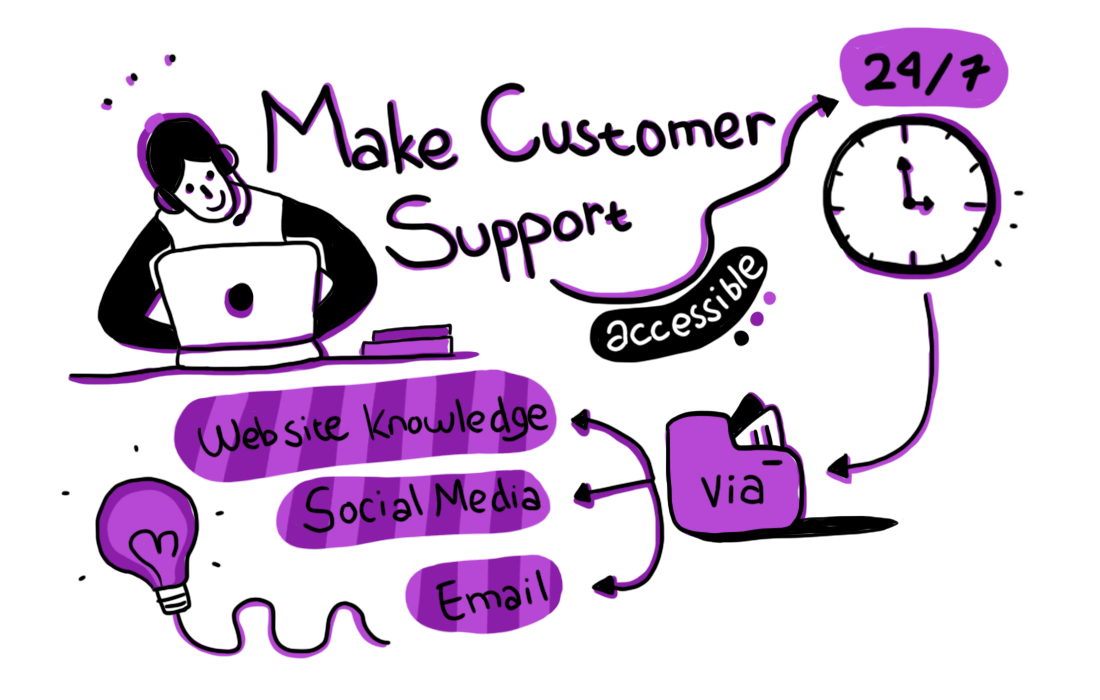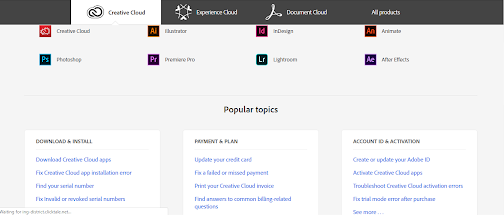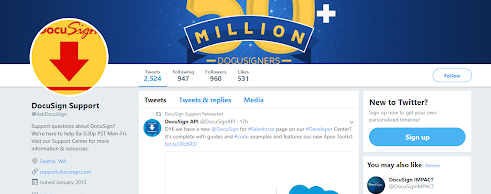The saying goes that “the customer always comes first” and it rings especially true for SAAS companies, which are heavily reliant on repeat business. Good customer support encourages people to return to your business time and time again. Following good customer support best practices will keep your customer churn rate down.

It’s been shown to reduce customer churn. Indeed, 51% of customers state that they’ll stop using a company after just one bad customer experience. For long-term success, SAAS companies cannot allow this to happen. After all, it costs five times more to attract a new customer compared to retaining an existing one.
Customer support doesn’t just help your customers resolve problems, but can also help them make the most of your product. That makes it more likely to be a success for them, increasing their loyalty to your company and the chance that they will refer others.
Investing in strong customer support makes basic business sense.
10 Customer Support Best Practices for SaaS Companies to Follow
But what does good customer support look like? There are ten customer support best practices that all SAAS company leaders should be aware of to make their customer experience stand out.
1. Be Accessible
First, your customer support needs to be easy to find. Different customers are likely to seek help in different places, so you need to consider a range of contact options including social media, on your website, or via email. Make sure those details are displayed clearly. Also, consider what devices your customers are likely to use to contact your support team. Some might prefer to use a desktop and others may use a smartphone.

As Amir Farhi, vice president of strategic alliances & business development at WalkMe explains, “The ubiquity of instant communication channels has meant that people want to get the support they want, whenever they want and through whatever method is most convenient.”
Customer support should be available either 24/7 or during office hours – clearly, state the times when the team are online so your customers know when to get help. Don’t keep your customers waiting. Often, they’ll be frustrated and leaving them on hold will only make the situation worse. Timely support is best and it can pay to have live chat on your website or alternatively, offer an option for them to send a message when out-of-hours.
Salesforce has contact options at the header and footer of its website, along with a pop-up and dedicated ‘Trailblazer’ community forum to offer help.

2. Predict Any Recurring Questions
Sometimes customers don’t want to talk to someone – they just want a quick solution or answer to their question. That’s where a help centre will prove useful. Consult your customer support team to find out what questions they are always asked and then put these in a dedicated section on your website. Make sure that you help centre is responsive, meaning customers can access and view it on any device. It should also be easy to navigate – and can include images and video as well as text.
Document360 makes all of this easy, by enabling you to create a knowledge base in just a few clicks.
Questions around compatibility, number of users, billing and upgrades are usually common for SAAS companies. You could also set up a community forum where fellow users can answer queries.
Don’t answer the same question again and again. Create knowledge base articles for the repeated questions.

Also, A Knowledge-Centered Service model will assist your support agent find the latest solution for the customer query documented by the last assisted support agent
3. Understand What’s Behind Support Queries
Tying into the second point, when you sit down with your customer support team to identify common questions you may discover a recurring bug, difficulty or missing feature. Feed this information back to your development team to fix and you may even halve your support tickets overnight.
4. Hire The Right Team
Your customer support team need to represent your company well, especially when dealing with stressed customers. SAAS products can be extremely complex, so your team needs to have the technical know-how to deal with any issues (or who to pass it on to). Of course, they also need good communication and relationship building skills.
But it doesn’t all hinge on your customer support team. The rest of your organisation needs to be prepped with customer support training so that, should the need occur, they can handle enquiries. This is vital because 73% of customers are likely to leave a company if they find that their customer experience isn’t consistent across departments.
Of course, you also need to treat your team well. There’s little point in spending resources on training your team if your employee retention rate is in the pits. If your employees are happy working for you, they’re more likely to provide exceptional service.
5. Have A Central Place


Putting all customer support enquiries in one place will make your customer support team’s job much easier. Even if your customers are contacting you through social media, your website and live chat, your support team should be able to access it all on one system. It saves time for your employees as they won’t have to log into lots of different platforms. Plus, everyone can remain up-to-speed with cases and how the support team is performing. Customers with enquiries that haven’t been resolved can be flagged and escalated. Having all customer support data in one place also helps with analytics.
6. Don’t Treat Every Platform The Same
A customer is going to communicate differently through an app compared with email. You cannot treat every communication method the same. Plus, some of your team might be better at talking through an app, and others might prefer live chat. Work to your team’s strengths.
Even a help centre needs to consider whether a customer is on their desktop or mobile. Handily, Document360 automatically scales its help centre solution to tablets, mobiles and computers.
DocuSign offers a range of support options for customers and shows a clear difference in its messaging on Twitter, compared to its support centre.




7. Measure And Feedback To Your Team
Measuring the performance of your customer support is key in improving and optimising it. Gather data on how many support queries are received and how long they take to be solved, customer satisfaction and feedback on the team.


It can also provide motivation for your team and help with innovation. You could trial a new chatbot, for example, and measure how it impacts customer satisfaction and resolution. Alternatively, the data collected can be used in gamification or reward programmes for your team – to further incentivise them to provide exceptional service.
Document360 includes customer feedback options within its help centre solution, making it easy for your customers to tell you how they feel.
8. Manage Your Customers’ Expectations
Obviously, you want to go over and above to please your customers, but managing their expectations plays a large part in providing good customer service. Don’t make promises that your business cannot keep because it’ll eventually backfire. Tell your customers exactly what to expect and then exceed those expectations when the opportunity arises.
9. Automate Routine Functions
Certain activities such as information gathering or identifying problems can be automated to improve efficiency. It frees up your support team to focus on helping customers, whilst keeping your back-end systems and data collection running effectively. Read our article on 5 ways your customer support team can save time for more tips!
10. Consider Visual Communication
Sometimes talking through a solution just doesn’t work. It can take ages just to explain, assess and resolve a problem, so to speed things up consider using a video call to visually communicate with customers.
Intuit uses video technology to resolve complex technical issues in real-time with a representative. It enables them to see a customer’s computer screen and provide more hands-on support than a phone call or live chat. Contact resolution improved by 12% since implementing the tool.
Customer Support Underpins Any Good Saas Company
All successful SAAS companies will show these ten customer support best practices in some form. Customers use SAAS products that they trust and having the right support is integral to this. Whilst a great product might attract a customer through the door, stellar customer support will keep them in the room.
That means putting customer support right where (and when) they need it – whether that’s 24/7 online support, self-service support or a dedicated helpline. Then you need to equip your employees with the right technical knowledge and skills to help customers.
Finally, you should always innovate and improve your customer support function. There will always be new tools or techniques to try – the rise in video technology is one good example. Live chat and social media is another.
Customer support must constantly evolve to meet your customers’ needs and expectations. Gathering information and feedback will help refine your support and tell you if it is meeting (or below) expectations.
Technology can help you provide great customer support, but the foundations are laid in practice. Lay the groundwork with this customer support best practices and your support will be off to a strong start.






